At the heart of this revolution is the Smart Home AI Model, a sophisticated framework that elevates automation from simple rule-based systems to intelligent, adaptive, and predictive orchestration.
Contents
The New Frontier of Home Automation
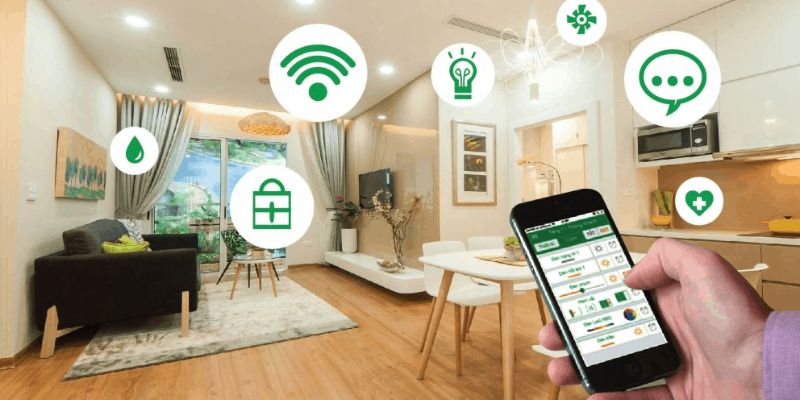
For years, “smart homes” primarily offered convenience through rudimentary automation. Users could program lights to turn on at sunset, or activate a thermostat via a smartphone app. These systems, while useful, operated on rigid “if-then” logic. An “if-then” automation might trigger a fan when a temperature sensor reaches a certain threshold. However, it couldn’t factor in whether someone was actually in the room, if a window was open, or if the resident preferred a slightly warmer temperature on a cloudy day. This was automation, but not intelligence.
The new frontier of home automation transcends these limitations by integrating powerful AI. It’s about a home that not only follows commands but understands context, learns preferences, and predicts future needs. This shift moves the smart home from a collection of interconnected devices reacting to explicit instructions to a cohesive, proactive entity that anticipates and optimizes. This transformation is driven by algorithms that can process vast amounts of data, identify complex patterns, and make autonomous decisions, turning reactive systems into genuinely intelligent assistants.
Smart Home AI Model for Advanced Automation
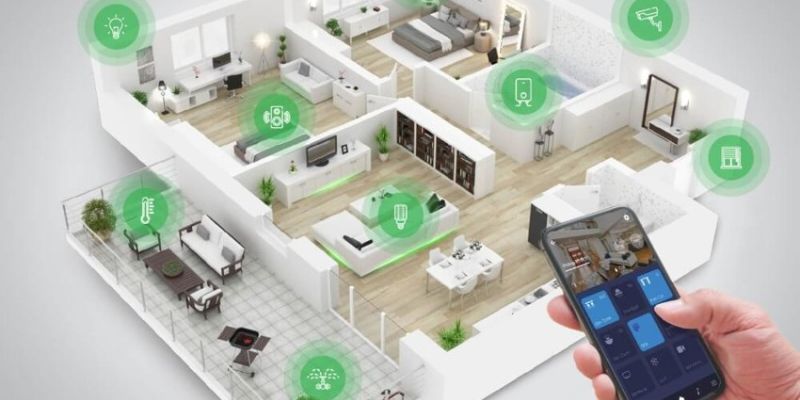
At its core, a Smart Home AI Model is the computational brain that enables a home to achieve sophisticated, intelligent automation. It moves beyond the limitations of simple, pre-programmed rules to create a dynamic, responsive, and constantly optimizing living environment.
What Defines a Smart Home AI Model in this Context?
Unlike traditional automation that relies on fixed “if this, then that” commands, the Smart Home AI Model employs machine learning and deep learning algorithms. It doesn’t just execute predefined rules; it observes, interprets, and learns from user behaviors, environmental changes, and device interactions. This allows it to adapt to evolving routines and preferences without constant reprogramming. For example, instead of setting a fixed schedule for lights, the AI learns your typical sleep patterns and naturally adjusts lighting as you wake up or prepare for bed.
A key advancement is the AI’s ability to anticipate. By analyzing historical data, real-time sensor inputs, and external factors like weather forecasts, the Smart Home AI Model can predict future needs. It might pre-cool your home before you return from work, considering traffic conditions and the outside temperature, or pre-heat water for your morning shower based on your usual wake-up time.
The AI model goes beyond simple sensor triggers. It understands the “who,” “what,” “where,” and “when” of activities. For instance, a motion sensor might detect presence, but the AI understands who is present (via voice or facial recognition), what they are likely doing (based on time of day and typical activity in that room), and where they are in relation to other devices. This rich contextual understanding allows for highly precise and relevant automation.
The Data Pipeline
- The AI integrates and interprets data from a wide array of sensors, including passive infrared (PIR) for motion, ultrasonic for presence, temperature, humidity, ambient light, CO2, air quality, and even sound profiles. By combining these inputs, the AI gains a holistic view of the home environment.
- Every manual adjustment made (e.g., turning a light on/off despite an automation, overriding a thermostat setting, specific voice commands) provides crucial feedback. The AI learns from these overrides, refining its future decisions through reinforcement learning.
- To enhance its predictive and contextual capabilities, the AI incorporates real-time and forecasted external data, such as local weather, solar calendars (for sunrise/sunset), energy grid demand, traffic conditions, and even news or calendar events.
The intelligence within the Smart Home AI Model is powered by sophisticated algorithms:
- Algorithms identify recurring patterns in user behavior and environmental conditions. This could be your unique sleep cycle, your preferred temperature during a movie, or the usual times you leave and return home.
- The AI learns through trial and error, adjusting its automation strategies based on positive or negative feedback (e.g., if you frequently override a light setting, the AI learns that setting was suboptimal). This iterative process continuously improves the home’s responsiveness.
- For voice-controlled interactions, NLU enables the AI to comprehend complex, conversational commands, understand intent, and respond appropriately, making voice control feel more natural and less like issuing commands to a machine.
Intelligent Automation in Action – Evolved Scenarios

The power of a sophisticated Smart Home AI Model becomes evident in how it transforms everyday home scenarios:
Dynamic Climate Control
Imagine a system that doesn’t just stick to a schedule but adapts. Your home’s AI learns your family’s preferred temperature ranges throughout the day, in different rooms, and even based on who is present. If it predicts a heatwave, it might pre-cool the house more aggressively using off-peak energy.
If it senses an open window, it temporarily pauses heating/cooling in that zone. If you are unexpectedly delayed at work, it intelligently conserves energy until your revised estimated arrival time. This goes far beyond simple scheduling to create truly personalized and energy-efficient comfort.
Adaptive Lighting Systems
Lighting evolves into a personalized experience. The AI learns preferred light intensity and color temperature for various activities – bright and cool for morning tasks, soft and warm for evening relaxation. It then dynamically adjusts lights based on natural light levels, time of day, occupancy, and even your presence in a specific part of a room.
For example, as you move from the kitchen to the living room, the lighting subtly transitions, creating a seamless flow. It can also integrate with biometric data from wearables to adjust light for optimal sleep or wakefulness (circadian lighting).
Proactive Security and Safety
Security transitions from reactive alerts to anticipatory protection. The Smart Home AI Model learns the routine patterns of your home – when family members typically arrive and leave, the sounds of your pets, the usual delivery times.
It then identifies anomalies with high precision – a door opening at an unusual hour, an unfamiliar vehicle lingering, or a sound that genuinely indicates a break-in (distinguishing glass breaking from a dropped dish). It can then initiate intelligent responses like silently recording, locking all doors, turning on specific lights, or directly alerting emergency services, reducing false alarms and improving response times.
Personalized Entertainment and Ambience
Your home becomes a curator of your experiences. The AI learns your media preferences across different platforms and devices. When you settle onto the sofa, it might automatically dim the lights, adjust the thermostat, and suggest a movie you’d enjoy.
If you’re cooking, it could start a personalized playlist in the kitchen. It can even orchestrate multi-room audio and video, following you from one room to another, creating a truly immersive and seamless entertainment environment tailored to your presence and activity.
Benefits of Evolved Intelligent Automation

The integration of an advanced Smart Home AI Model brings numerous significant benefits to occupants:
- The home anticipates and fulfills needs proactively, significantly reducing the mental load and the need for constant manual interaction with devices. Tasks that were once tedious become automatic and seamless.
- Intelligent automation optimizes energy consumption across heating, cooling, lighting, and appliances. By precisely matching resource usage to actual needs and external conditions, it leads to substantial utility bill savings and a reduced environmental footprint.
- A home environment that constantly adapts to individual preferences, mood, and daily routines creates a uniquely comfortable and healthy living space. This includes optimized sleep environments, perfect lighting for any task, and ideal climate conditions.
- By learning patterns and detecting true anomalies, the AI provides a far more intelligent and reliable layer of protection against intrusions and potential hazards, offering greater peace of mind.
- A system driven by a Smart Home AI Model is inherently adaptive. It continuously learns and improves over time, seamlessly integrating new technologies and adjusting to changing family dynamics or lifestyle preferences without requiring extensive re-configuration.
To Home Gadget Digest, the Smart Home AI Model is not just an incremental improvement; it represents a fundamental shift in how we interact with our living spaces. It transforms automation from rigid rules to intelligent, adaptive, and predictive orchestration. By understanding context, learning preferences, and anticipating needs, this advanced AI model makes our homes truly intuitive partners in daily life.




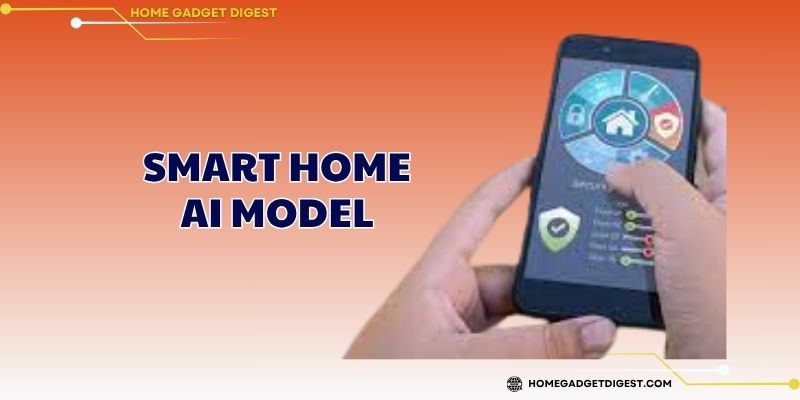

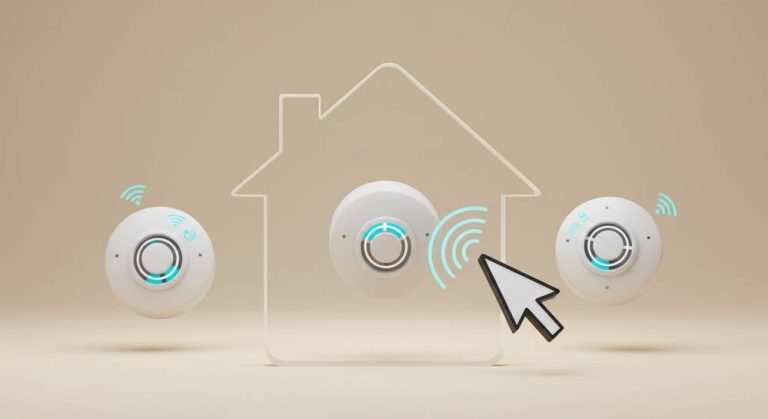
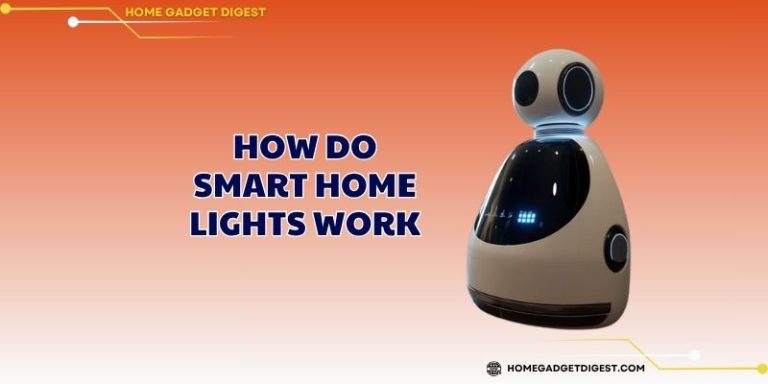



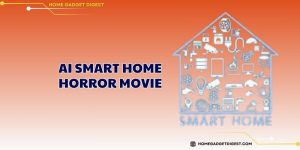

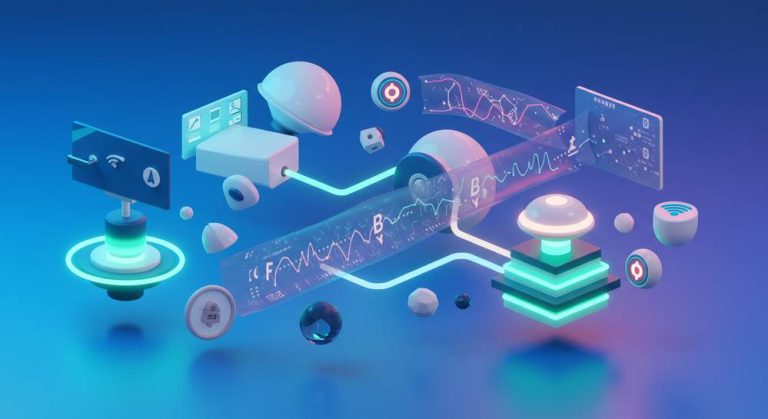
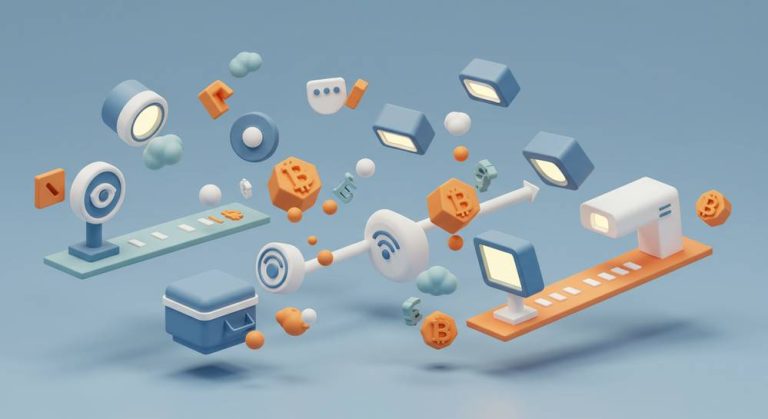

+ There are no comments
Add yours